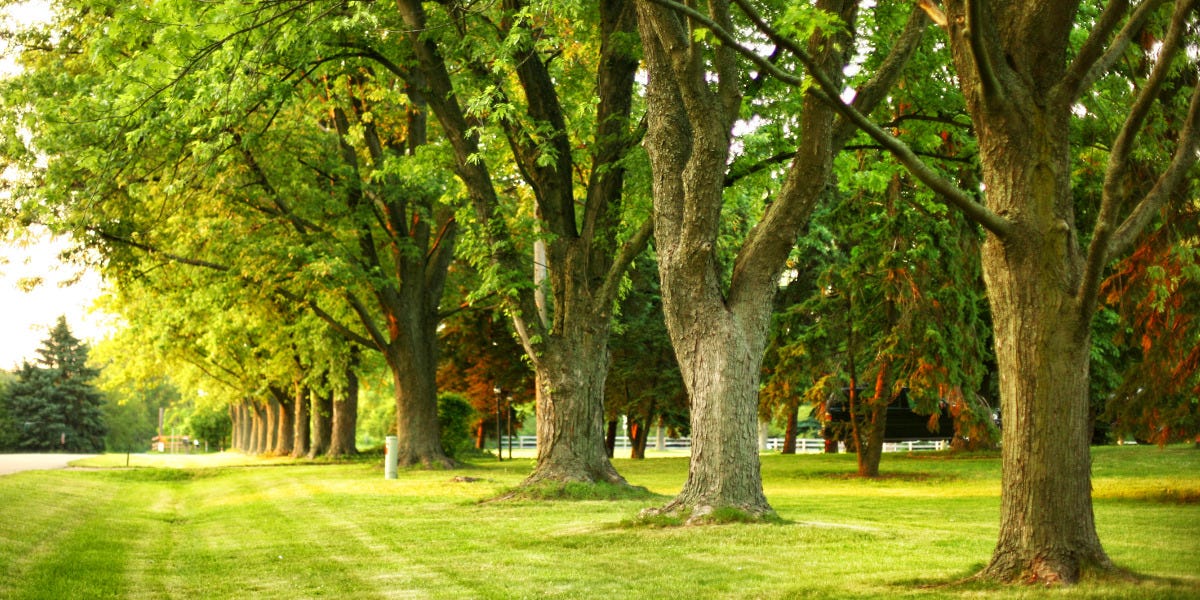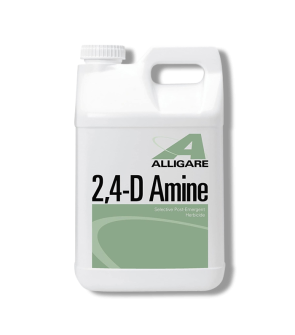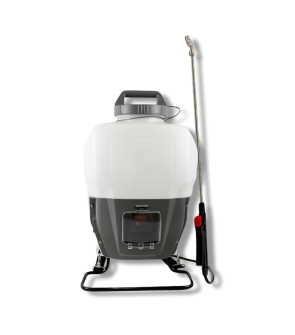Weeds in Food-Bearing Plants & Trees
Most Effective Products
Common Weeds in Food-Bearing Plants & Trees
For vegetable farmers or homeowners with food bearing plants and trees, seeing a weed can quickly make anyone frustrated. Mainly because they either limit or disrupt the growth or production of food bearing plants.
Some well-known common weeds in food bearing plants and trees are chickweed, purslane, and dandelions. When controlling weeds in and around food plants, you will need to conduct multiple integrated weed management techniques.
Enacting an effective weed management program is a top priority for any food plant owners. Its proper and timely management helps ensure that desired food bearing plants and trees have the resources needed to grow and to help prevent problems with weeds when the tips are followed in this DIY guide.
If you are not seeing a weed listed here then contact our customer service team by phone, email, or in-person at one of our store locations for professional advice for the foliage you are experiencing.
Identification

Chickweed is a broadleaf weed that grows in a somewhat tangled mat with five petals that grow in a v-shape.
There are 3 types that could be found: common chickweed which have a small white flower, mouse ear chickweed which has hairy leaves and a red stem, and the star chickweed that has similar shaped flowers and leaves just a much larger size.
Purslane is a broadleaf weed that has red stems and spoon-shaped leaves. Often they can form clusters or seen sprawled across ground with small yellow flowers.
Dandelions are broadleaf weeds arranged in a rosette shape with leaves that have jagged edges. They will have yellow flower heads that soon turn into white puffballs.
Inspection

Chickweed can be found in areas with wet soil and consistent shade around your food bearing plants.
Purslane needs access to the sun, but can survive in wet to dry soil types.
Dandelions thrive in wet to dry soil, especially if food bearing plants and trees are grown close together.
Treatment
Step 1: Hoe or Till Land

It's worth noting that using cultivation tools like a garden hoe or a tiller can help against weeds or worsen it by spreading infestation further into crops.
This will largely depend on what stage of growth the plant is at the time of use.
Be sure to remove plants from the base so that you get all or most of the roots. Weeds like dandelions can regrow just from the roots, so you want to make sure to remove the entire thing.
Step 2: Install Landscape Fabric

When you are done tilling or hoeing the soil, you should install a landscape fabric on areas you plan to reseed or grow for food bearing plants.
This method will not work in areas with already established foliage, but if the plants are able to be moved then this method can be performed.
This will help to smoother some of the weeds before they had a change to germinate.
Step 3: Apply Herbicide
 To kill weeds already present in food bearing plants and around food bearing trees you will need to use a post-emergent herbicide.
To kill weeds already present in food bearing plants and around food bearing trees you will need to use a post-emergent herbicide.
2,4-D Amine Selective Post-Emergent Herbicide is an emulsifiable concentrate that eliminates various broadleaf weeds and brush in certain crops, pastures, and non-crop areas such as lawns and ornamental turf.
We recommend using a handheld pump sprayer or backpack sprayer for precise control and avoid drift to unwanted foliage in areas lesser than 1,000 sq. ft. For larger treatment areas, you will need to use a spray rig.
Depending on the crop, its state of growth and the weed you are trying to control, the application rate will vary. For a general application, use 1 ½ to 1 pints of 2,4-D Amine Selective Post-Emergent Herbicide in 8 to 15 gallons of water per acre.
Fill the sprayer with half the amount of water, add the measured amount of 2,4-D Amine Selective Post-Emergent Herbicde, then pour in the remaining half of water. Close the sprayer tank lid and shake until the solution is mixed.
Spray the top and bottom of the weed leaves until wet, but not to the point of runoff.
Do not let people or pets enter treated areas until 48 hours have passed after application.
Key Takeaways
Common Weeds in Food Bearing Plants and Trees
- The most common weeds to develop around food-bearing plants and trees are chickweed, purslane, and dandelion.
Why Should You Weed Your Fruit or Vegetable Garden
- Weeding is important because broadleaf and grassy weeds compete with food bearing plants for resources like water, nutrients, space, and sunshine.
How to Weed Around Food Bearing Plants and Trees Quickly
- The fastest way is to use a combination of tilling and applications with a post-emergent herbicide.












































































































































































































































































































































































































































































































































